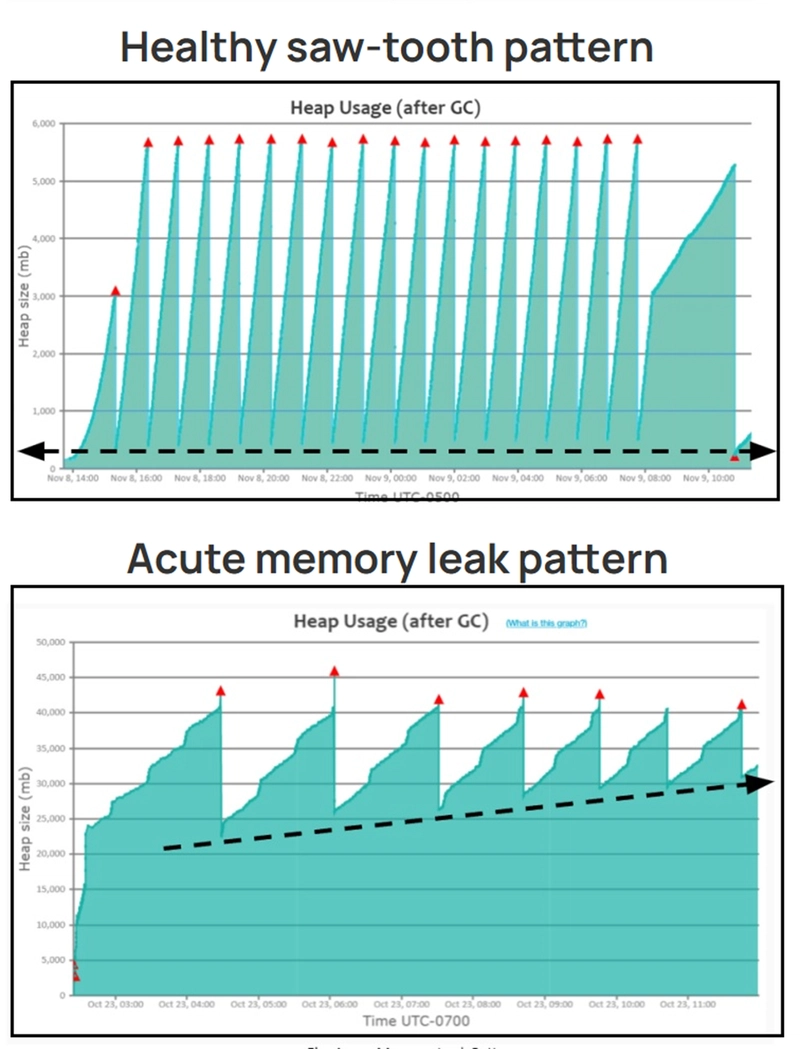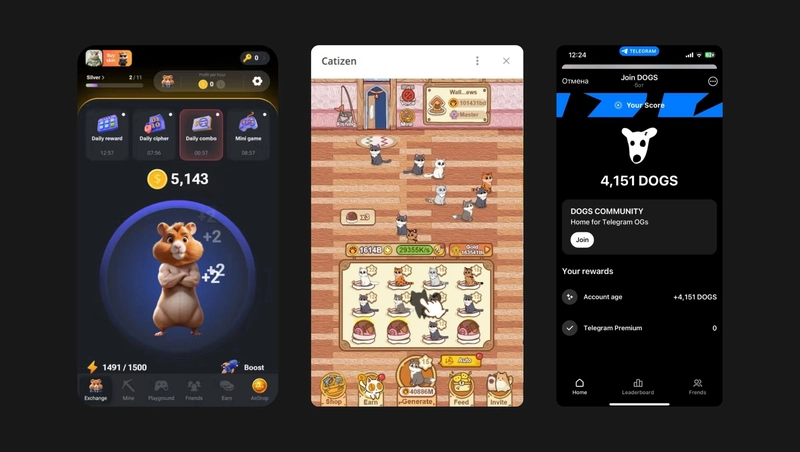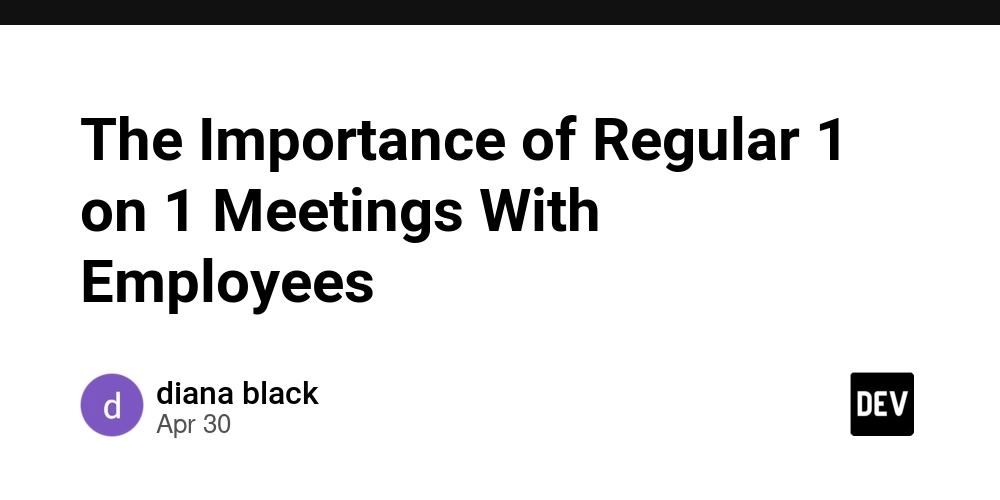Beyond Theory: 5 Practical, Real-World Use Cases for AWS Lambda
(Stop Managing Servers, Start Building Value) Intro: The Server Struggle is Real Remember the "good old days"? Provisioning servers, patching operating systems, guessing capacity needs (and usually getting it wrong), paying for idle machines humming away in a data center... Okay, maybe not so good. Managing infrastructure is often undifferentiated heavy lifting – necessary, but it doesn't directly contribute to the unique features your users love. What if you could just write your code – the logic that actually matters – and have it run automatically, scale instantly, and only pay for the precise milliseconds it executes? That's not science fiction; that's the core promise of serverless computing, and AWS Lambda is the flagship service making it a reality for countless developers. Why Does Serverless (and Lambda) Matter So Much Today? In a world demanding rapid iteration, cost efficiency, and resilience, traditional server management can feel like an anchor. Lambda flips the script: Focus on Code, Not Infrastructure: Your team spends more time building features, less time managing VMs, OS updates, or scaling policies. Pay-Per-Value: You're billed only for the compute time you consume, down to the millisecond. No more paying for idle servers. Automatic Scaling: Lambda scales seamlessly from zero to thousands of requests per second without manual intervention. Event-Driven Architecture: It naturally fits modern application patterns where actions trigger other actions (think uploads, API calls, database changes). Lambda isn't just a niche tool; it's increasingly becoming the default choice for specific workloads, enabling agility and innovation that's hard to match with traditional methods. The Concept in Simple Terms: Lambda as Your "On-Demand Chef" Imagine you run a massive food delivery platform. Instead of hiring dozens of full-time chefs who might be idle during slow periods, you partner with an "On-Demand Chef Service" (that's Lambda). You provide the recipe: This is your code (a Lambda function). An order comes in: This is an event trigger (like an API call, a file upload to S3, a message in a queue). The service instantly finds a chef: AWS provisions an execution environment. The chef prepares only that specific dish: Your code runs. The dish is delivered, and the chef leaves: The execution finishes, and the environment might be reused or disappear. You only pay the chef service for the exact time the chef was cooking that specific dish. If 1000 orders come in simultaneously, the service instantly finds 1000 chefs. That's the magic: resources appear when needed and vanish when not, driven entirely by events. Deeper Dive: How Lambda Actually Works (Simplified) Okay, let's peek under the hood slightly, moving beyond the chef analogy: Write Your Code: You write your function logic in supported languages (Node.js, Python, Java, Go, Ruby, C#, etc.). This is your "Lambda function." Configure a Trigger: You tell Lambda what should cause your code to run. This is the "event source." Common examples include: API Gateway: HTTP requests (building serverless APIs). S3: Object uploads, deletions, etc. DynamoDB Streams: Data changes in your NoSQL database. SQS: Messages arriving in a queue. EventBridge (CloudWatch Events): Scheduled events (like cron jobs) or custom application events. SNS: Notifications. And many more... Event Occurs: An event happens (e.g., someone uploads a file to your S3 bucket). Lambda Service Invokes Your Function: AWS Lambda automatically provisions a secure, temporary execution environment, loads your code, and runs it, passing the event data (like details about the uploaded file) as input. Your Code Executes: It performs its logic (e.g., resizes the image). Execution Finishes: Lambda handles tearing down the environment (or potentially reusing it for subsequent near-term invocations – this relates to 'warm starts'). You only pay for the execution duration. Key things to remember: Lambda functions are stateless (they don't remember things between invocations unless you use external storage like DynamoDB or S3) and have limits on execution time (currently up to 15 minutes). Top 5 Practical, Real-World Use Cases for AWS Lambda Enough theory! Where does Lambda really shine in practice? 1. Real-time File/Image Processing (Triggered by S3) Scenario: Users upload images to your application (stored in an S3 bucket). You need thumbnails, watermarks, or format conversions generated automatically. Lambda's Role: Configure an S3 event notification to trigger a Lambda function whenever a new object (.jpg, .png) is created in a specific bucket/prefix. The function receives details about the uploaded file, downloads it, uses a library like Pillow (Python) or ImageMagick to process it, and uploads the results (e.g., thumbnails) back to another S3 bucket or location. Why Lambda? Pe
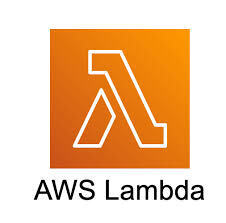
(Stop Managing Servers, Start Building Value)
Intro: The Server Struggle is Real
Remember the "good old days"? Provisioning servers, patching operating systems, guessing capacity needs (and usually getting it wrong), paying for idle machines humming away in a data center... Okay, maybe not so good. Managing infrastructure is often undifferentiated heavy lifting – necessary, but it doesn't directly contribute to the unique features your users love.
What if you could just write your code – the logic that actually matters – and have it run automatically, scale instantly, and only pay for the precise milliseconds it executes? That's not science fiction; that's the core promise of serverless computing, and AWS Lambda is the flagship service making it a reality for countless developers.
Why Does Serverless (and Lambda) Matter So Much Today?
In a world demanding rapid iteration, cost efficiency, and resilience, traditional server management can feel like an anchor. Lambda flips the script:
- Focus on Code, Not Infrastructure: Your team spends more time building features, less time managing VMs, OS updates, or scaling policies.
- Pay-Per-Value: You're billed only for the compute time you consume, down to the millisecond. No more paying for idle servers.
- Automatic Scaling: Lambda scales seamlessly from zero to thousands of requests per second without manual intervention.
- Event-Driven Architecture: It naturally fits modern application patterns where actions trigger other actions (think uploads, API calls, database changes).
Lambda isn't just a niche tool; it's increasingly becoming the default choice for specific workloads, enabling agility and innovation that's hard to match with traditional methods.
The Concept in Simple Terms: Lambda as Your "On-Demand Chef"
Imagine you run a massive food delivery platform. Instead of hiring dozens of full-time chefs who might be idle during slow periods, you partner with an "On-Demand Chef Service" (that's Lambda).
- You provide the recipe: This is your code (a Lambda function).
- An order comes in: This is an event trigger (like an API call, a file upload to S3, a message in a queue).
- The service instantly finds a chef: AWS provisions an execution environment.
- The chef prepares only that specific dish: Your code runs.
- The dish is delivered, and the chef leaves: The execution finishes, and the environment might be reused or disappear.
You only pay the chef service for the exact time the chef was cooking that specific dish. If 1000 orders come in simultaneously, the service instantly finds 1000 chefs. That's the magic: resources appear when needed and vanish when not, driven entirely by events.
Deeper Dive: How Lambda Actually Works (Simplified)
Okay, let's peek under the hood slightly, moving beyond the chef analogy:
- Write Your Code: You write your function logic in supported languages (Node.js, Python, Java, Go, Ruby, C#, etc.). This is your "Lambda function."
- Configure a Trigger: You tell Lambda what should cause your code to run. This is the "event source." Common examples include:
- API Gateway: HTTP requests (building serverless APIs).
- S3: Object uploads, deletions, etc.
- DynamoDB Streams: Data changes in your NoSQL database.
- SQS: Messages arriving in a queue.
- EventBridge (CloudWatch Events): Scheduled events (like cron jobs) or custom application events.
- SNS: Notifications.
- And many more...
- Event Occurs: An event happens (e.g., someone uploads a file to your S3 bucket).
- Lambda Service Invokes Your Function: AWS Lambda automatically provisions a secure, temporary execution environment, loads your code, and runs it, passing the event data (like details about the uploaded file) as input.
- Your Code Executes: It performs its logic (e.g., resizes the image).
- Execution Finishes: Lambda handles tearing down the environment (or potentially reusing it for subsequent near-term invocations – this relates to 'warm starts'). You only pay for the execution duration.
Key things to remember: Lambda functions are stateless (they don't remember things between invocations unless you use external storage like DynamoDB or S3) and have limits on execution time (currently up to 15 minutes).
Top 5 Practical, Real-World Use Cases for AWS Lambda
Enough theory! Where does Lambda really shine in practice?
1. Real-time File/Image Processing (Triggered by S3)
- Scenario: Users upload images to your application (stored in an S3 bucket). You need thumbnails, watermarks, or format conversions generated automatically.
- Lambda's Role: Configure an S3 event notification to trigger a Lambda function whenever a new object (
.jpg,.png) is created in a specific bucket/prefix. The function receives details about the uploaded file, downloads it, uses a library likePillow(Python) orImageMagickto process it, and uploads the results (e.g., thumbnails) back to another S3 bucket or location. - Why Lambda? Perfect fit! It's event-driven, scales automatically with upload volume (even sudden bursts), and you only pay for the processing time – ideal for tasks that are often infrequent but need immediate handling.
2. Serverless API Backends (Triggered by API Gateway)
- Scenario: You need a backend for your web or mobile application to handle user logins, data retrieval, form submissions, etc., without managing servers.
- Lambda's Role: Use Amazon API Gateway to define your HTTP endpoints (e.g.,
GET /users/{id},POST /orders). Configure API Gateway to trigger specific Lambda functions for each endpoint/method. The Lambda function receives the HTTP request details (headers, body, path parameters), executes your business logic (e.g., query DynamoDB, interact with other services), and returns an HTTP response. - Why Lambda? Build robust APIs with minimal operational overhead. Scales automatically based on traffic. Integrates seamlessly with other AWS services. Great for microservices.
3. Scheduled Tasks & Cron Jobs (Triggered by EventBridge Scheduler)
- Scenario: You need to run tasks on a regular schedule – nightly reports, data cleanup, cache warming, sending reminder emails, etc.
- Lambda's Role: Use Amazon EventBridge Scheduler (the successor to CloudWatch Events scheduled rules) to define a schedule (e.g.,
cron(0 2 * * ? *)for 2 AM UTC daily). Configure the schedule target to be your Lambda function. At the specified time, EventBridge triggers the function. - Why Lambda? A cost-effective and reliable way to replace traditional cron servers. No need for a dedicated EC2 instance just to run scheduled scripts. Easy to set up and monitor.
4. Real-time Stream Processing (Triggered by Kinesis or DynamoDB Streams)
- Scenario: You have a continuous flow of data (e.g., clickstream data in Kinesis, item changes in DynamoDB) and need to react to events in near real-time for analytics, alerting, or data enrichment.
- Lambda's Role: Configure your Kinesis Data Stream or DynamoDB Stream as an event source for Lambda. Lambda automatically polls the stream and invokes your function with batches of records as they arrive. Your function processes each record (e.g., aggregates metrics, sends alerts, updates another database).
- Why Lambda? Simplifies stream processing significantly. Lambda handles checkpointing, error handling (with configurations), and scaling based on stream shard activity. You focus purely on the record processing logic.
5. IT Automation & "ChatOps" (Triggered by Various Events)
- Scenario: You want to automate common operational tasks like stopping non-production EC2 instances overnight, cleaning up old snapshots, or responding to specific monitoring alerts by posting messages to Slack/Teams.
- Lambda's Role: Trigger Lambda functions based on schedules (EventBridge), CloudWatch Alarms, API calls, or even commands issued via a chatbot integrated with API Gateway. The Lambda function uses the AWS SDK (Boto3 for Python, etc.) to interact with AWS resources (stop instances, delete snapshots) or external APIs (post to Slack).
- Why Lambda? Glue code paradise! Connect different systems and automate workflows without dedicated infrastructure. Great for simple, event-driven automation scripts.
Common Mistakes & Misunderstandings
Lambda is powerful, but watch out for these common pitfalls:
- Ignoring Cold Starts: The first request after a period of inactivity might experience higher latency as Lambda provisions a new environment. For latency-sensitive apps, understand and mitigate this (e.g., Provisioned Concurrency, keeping functions warm).
- Creating "Lambda-liths": Trying to stuff too much complex logic into a single, massive function. Break down complex workflows into smaller, focused functions, potentially orchestrated by AWS Step Functions.
- Forgetting Statelessness: Trying to store state within the function instance between invocations. It won't work reliably. Use external stores like DynamoDB, S3, or ElastiCache for state.
- Inadequate Monitoring & Logging: Assuming things "just work." Implement robust logging (using libraries like AWS Lambda Powertools helps!) and monitoring (CloudWatch Metrics, Traces with X-Ray) to understand performance and troubleshoot issues.
- Choosing Incorrect Memory Size: Memory allocation also determines CPU power. Don't just pick the minimum; test different sizes to find the sweet spot for your function's performance vs. cost.
Pro Tips & Hidden Gems
Level up your Lambda game:
- Lambda Layers: Share common code (libraries, dependencies) across multiple functions without including it in each deployment package. Keeps deployment sizes small and simplifies updates.
- Provisioned Concurrency: Pre-warm a specified number of execution environments to eliminate cold start latency for critical functions (at an additional cost).
- AWS Lambda Powertools: Language-specific libraries (Python, Java, Node.js, .NET) that simplify implementing best practices for tracing, logging, and metrics. Highly recommended!
- AWS Step Functions: Orchestrate complex workflows involving multiple Lambda functions, waits, parallel execution, and error handling logic. Avoid building complex state machines inside your Lambda code.
- Graviton2 (ARM Architecture): Consider switching your functions to the ARM64 architecture. It often provides better price/performance compared to x86.
-
Simple Test via CLI: Quickly invoke your function from your terminal:
# Basic invocation (replace with your function name and region) aws lambda invoke --function-name MyCoolFunction --region us-east-1 output.json # Invoke with a payload (passing event data) aws lambda invoke --function-name MyApiHandler \ --payload '{ "httpMethod": "GET", "path": "/users/123" }' \ --cli-binary-format raw-in-base64-out \ --region us-east-1 output.json -
Illustrative Python Handler:
# Example Lambda handler for S3 object creation event import json import boto3 import os s3 = boto3.client('s3') # Example: Use an environment variable for the target bucket TARGET_BUCKET = os.environ.get('TARGET_BUCKET_NAME') def lambda_handler(event, context): print("Received event: " + json.dumps(event, indent=2)) try: # Extract bucket and key from the S3 event record record = event['Records'][0] source_bucket = record['s3']['bucket']['name'] source_key = record['s3']['object']['key'] # Simple example: Copy the object to a target bucket # In a real scenario, you'd download, process, and upload if TARGET_BUCKET: copy_source = {'Bucket': source_bucket, 'Key': source_key} target_key = f"processed/{source_key}" print(f"Copying {source_key} from {source_bucket} to {TARGET_BUCKET}/{target_key}") s3.copy_object( Bucket=TARGET_BUCKET, Key=target_key, CopySource=copy_source ) print("Copy successful!") return {'statusCode': 200, 'body': json.dumps('Processing successful!')} else: print("TARGET_BUCKET environment variable not set.") return {'statusCode': 500, 'body': json.dumps('Configuration error.')} except Exception as e: print(f"Error processing file: {e}") # Consider adding more robust error handling/notifications here raise e # Re-raise exception for Lambda retry mechanisms (if configured)
Final Thoughts: Embrace the Serverless Shift
AWS Lambda is more than just a way to run code without servers; it's a fundamental shift in how we build and deploy applications. By abstracting away infrastructure management, it empowers developers to focus on delivering business value faster, more cost-effectively, and with incredible scalability.
The five use cases we explored are just the tip of the iceberg. From data pipelines and IoT backends to chatbot logic and simple webhooks, Lambda's versatility makes it a cornerstone of modern cloud architecture.
Ready to ditch the server management overhead?
Call to Action
What are your favorite real-world Lambda use cases? Did I miss any crucial ones? Share your experiences, tips, or questions in the comments below! Let's learn from each other.
And if you found this post helpful, please share it on Dev.to, Medium, Twitter, or LinkedIn!



































































































































































![[The AI Show Episode 145]: OpenAI Releases o3 and o4-mini, AI Is Causing “Quiet Layoffs,” Executive Order on Youth AI Education & GPT-4o’s Controversial Update](https://www.marketingaiinstitute.com/hubfs/ep%20145%20cover.png)













































































































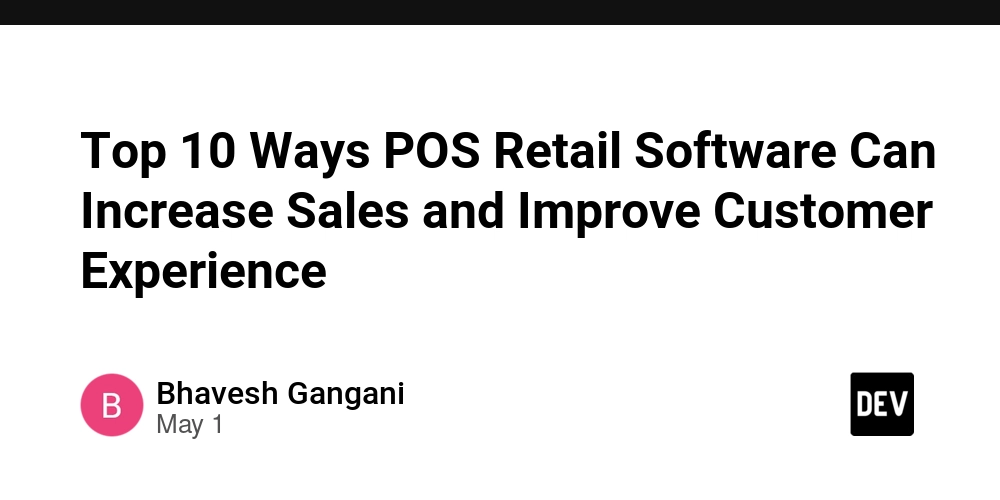































































































































































































































































![Google Home app fixes bug that repeatedly asked to ‘Set up Nest Cam features’ for Nest Hub Max [U]](https://i0.wp.com/9to5google.com/wp-content/uploads/sites/4/2022/08/youtube-premium-music-nest-hub-max.jpg?resize=1200%2C628&quality=82&strip=all&ssl=1)







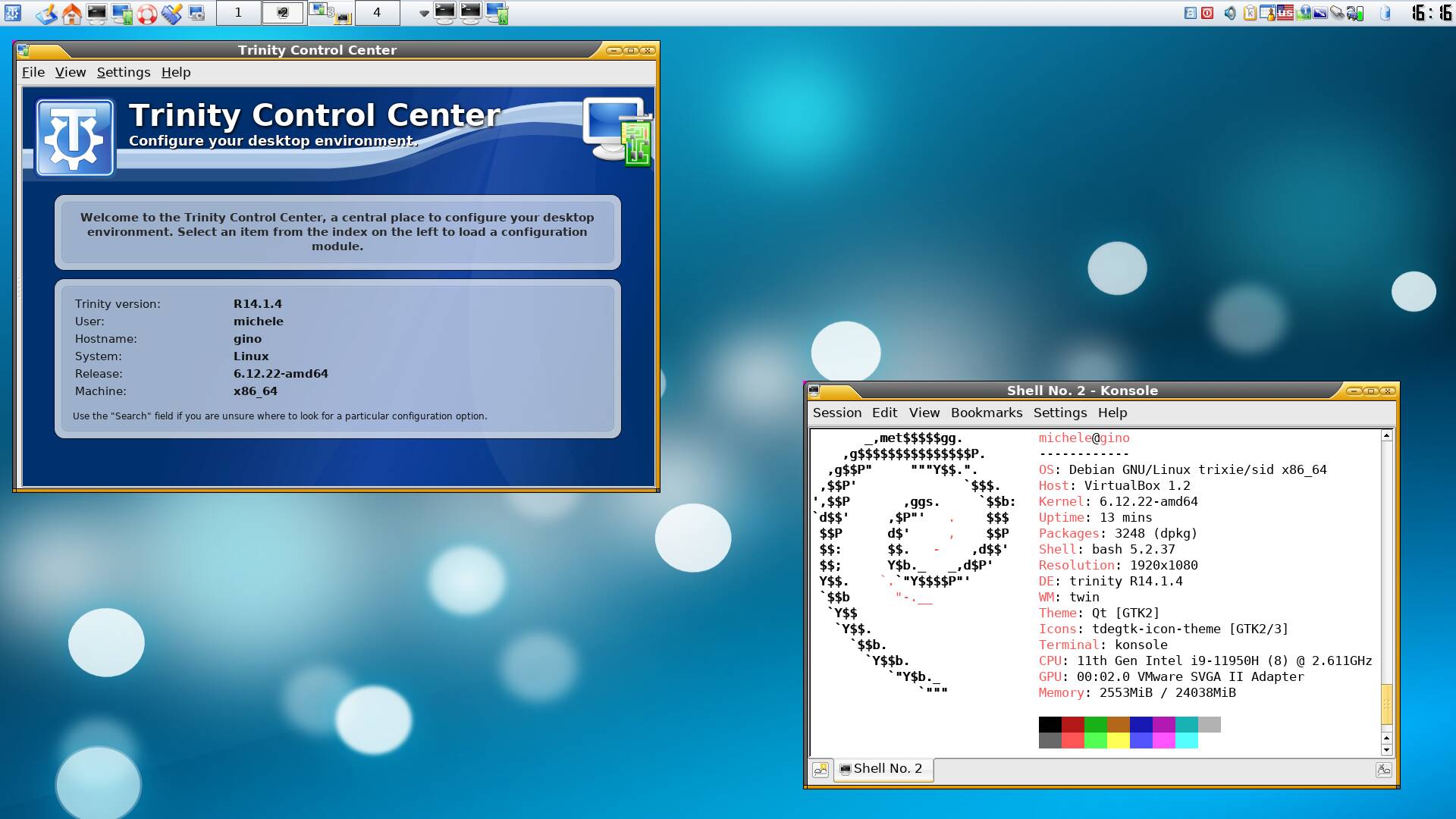



















































![Epic Games Wins Major Victory as Apple is Ordered to Comply With App Store Anti-Steering Injunction [Updated]](https://images.macrumors.com/t/Z4nU2dRocDnr4NPvf-sGNedmPGA=/2250x/article-new/2022/01/iOS-App-Store-General-Feature-JoeBlue.jpg)

























































